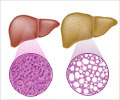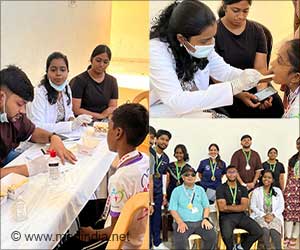
Organ allocation in the U.S. is designed for equitable distribution of deceased donor organs. Patients are prioritized to receive organs for liver transplantation (LT) based on their Model for End-stage Liver Disease (MELD) score, an objective assessment of their risk of dying on the waitlist. Hence, two candidates with similar MELD scores should have an equal chance of receiving a transplant regardless of race, gender, geography, or economics. However, there are multiple patient-specific as well as healthcare-specific barriers to LT that potentially compromise this system. Some of these variables include inadequate access to healthcare, lack of recognition of the need for transplant, access to a transplant center, and inequities in the transplant evaluation process.
While racial and ethnic disparities are evident throughout this entire process, the researchers found that the locale where candidates seek care for their liver disease modifies the effect of race/ethnicity on access to liver transplantation. Organ availability differs by region, and even within a region, the likelihood of LT varies among donor service areas (DSA). Local organ availability and center specific transplant practices may also play a role.
Amit K. Mathur, M.D., M.S., and colleagues propose that racial/ethnic disparity in access to transplantation at the DSA level must be evaluated because previous studies fail to acknowledge that organ availability is highly variable across DSAs, only evaluate African-Americans as a minority, and fail to account for changes in the severity of liver disease over time while candidates are waitlisted.
The authors conducted a Scientific Registry of Transplant Recipients analysis of data submitted to the Organ Procurement and Transplantation Network (OPTN). They considered 39,114 adult chronic end-stage liver disease candidates on the waitlist between 2002 and 2007. The primary variable of interest was candidate race (74.1% Caucasian, 13.9% Hispanic, 7.3% African-American and 3% Asian) and the primary outcome of interest was transplant rates by race/ethnicity, stratified by DSA and MELD score.
The analysis reveals that without adjustment by DSA, African-Americans appeared to have a 10% lower rate of receipt of LT as compared to Caucasians. After adjustment by DSA the deficit in this rate decreased to 2% and was no longer significant, , suggesting a direct link to DSA as the source of racial disparity and that African Americans are likely over represented in DSAs with organ shortage.
Advertisement
Asians experienced no significant difference in liver transplant rates compared to Caucasians. On analysis of MELD subgroups, however, Asian candidates with lower MELD scores (6-14) had a 24% higher transplant rate relative to Caucasians but a lower transplant rate (15-46%) was observed at MELD scores >15, possibly due to a combination of center effect as well as donor issues such as body size. However, the overall rates of transplant were similar among Caucasians and Asians.
Advertisement
In an editorial also published this month, Patrick Kamath, M.D., from the Mayo Clinic concurred, "Geographic incongruence serves to undermine an organ allocation scheme based on equity and needs to be addressed to make complex path to LT less cumbersome for persons with chronic liver disease, regardless of race, gender, payer or any other status."
Source-Eurekalert















